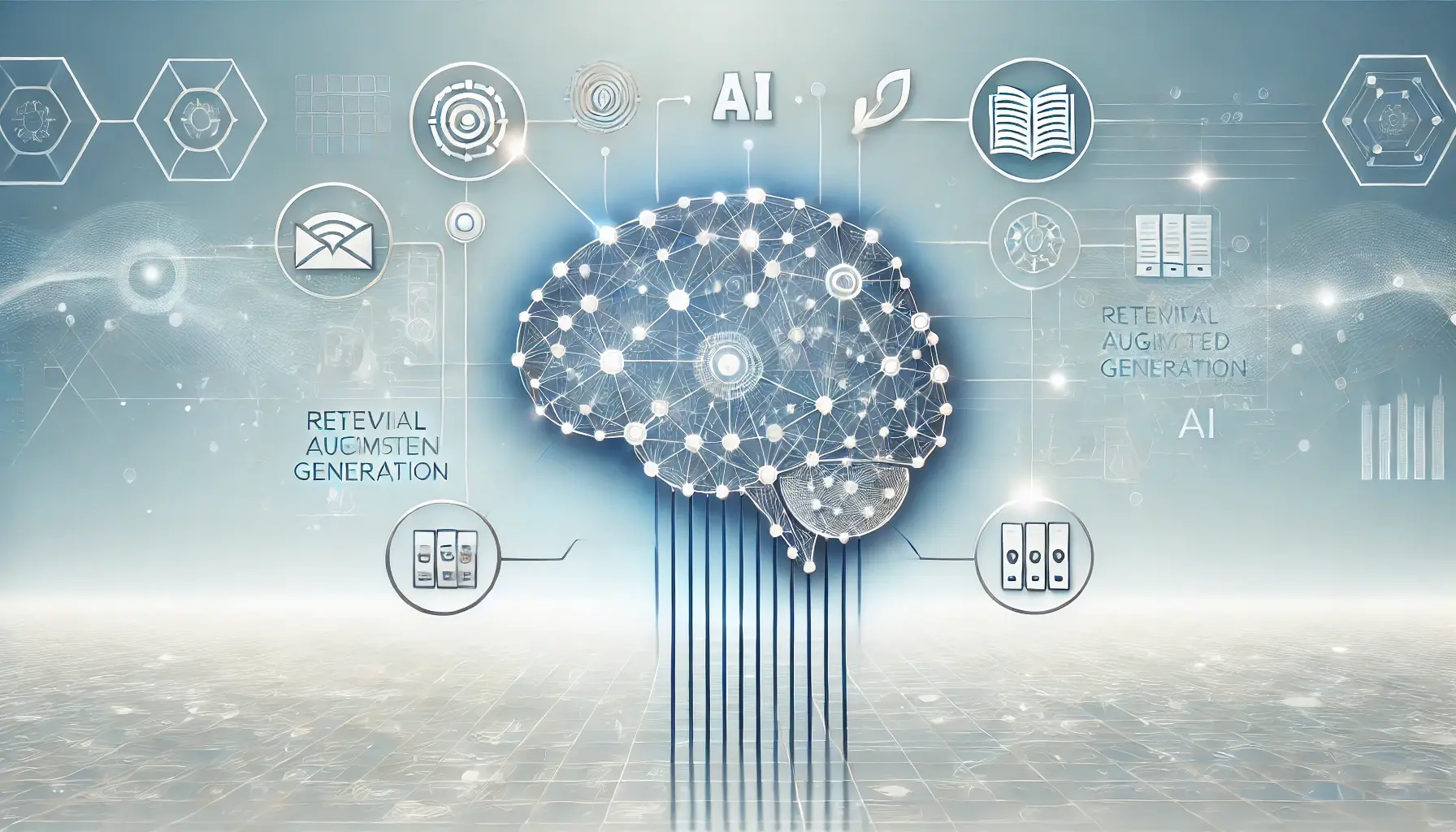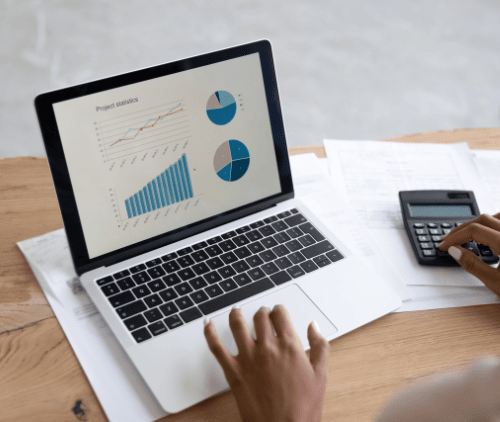Topics
It’s the 4th of November 1854 and the Crimean war has raged for over a year.
Soldiers die every day. Yet the number killed in action or from battlefield wounds is a staggering 10 times less than those who succumb to preventable diseases like typhus and cholera.
Secretary of War Sidney Herbert sends Florence Nightingale, along with a team of 38 volunteer nurses, to investigate and improve treatment for Britain’s troops.
During her research, Florence discovers a connection between sanitary conditions in military hospitals and mortality rate. She creates her now-iconic Polar Area (Rose) Chart to highlight this relationship as clearly as possible.
Florence’s efforts would shape sanitation reforms in military and civilian hospitals in the late 19th century. And, by presenting her data in a Polar Area Chart, data visualisation plays a small yet key role in helping policymakers understand the problem and develop solutions.
Why do we prefer pictures to words?
The human brain is hardwired for visual information.
Images provoke an emotional response in the amygdala – an almond-shaped region of the brain primarily associated with emotional responses. And this enables us to process images in just 13 milliseconds. Some 60,000 times faster than words.
The way humans acquired language also helps to explain why we find it easier to process images.
Ian Tattersall, a paleoanthropologist at the American Museum of Natural History, explains that human language skills developed over time. As humans became more social, we needed more efficient ways to communicate and developed “language-like symbols as a way to represent the world around us”.
But to understand those symbols, the brain must understand the concepts they represent first. So, to process raw data, your brain goes through a multi-stage process to:
- Absorb the information
- Comprehend it
- Put it into context
And this takes time.
6 ways data visualisation improves decision making
1. Reduce time to insights
You run a cybersecurity consultancy. It’s a day like any other and you get chatting to one of the sales team. During the conversation, you learn that there’s been a sharp uptake in the number of business enquiries you’ve received about your premium service over the past month.
You haven’t done anything differently as far as you can tell. But you want to discover the cause.
Where do you start?
Historically, you’d go through a chain of people across sales, marketing, and client services to collect the relevant data. But this process can take days or even weeks. By the time you’re ready to act on the information, the cause of the original trend has passed and it’s too late to act.
Data visualisation tools reduce the time it takes to extract actionable insights. It gives you instant access to real-time data so you can capitalise on current or emerging trends.
Instant access to live booking data
Online travel agent Thomas Cook uses automated dashboards to consolidate booking data from every transition. The result: data processing times less than 60 seconds and instant access to powerful customer insights.
2. Increase visibility
Data visualisation does for business intelligence (BI) what patient monitoring equipment does for hospital care.
Hospital staff simply don’t have the time to collect granular information on every patient. And even if they did, mistakes happen and things get missed. So instead, they use technology to constantly monitor the patient’s vital signs and record the most relevant information.
This allows doctors and nurses to review the status of each patient at a glance. They can then make fast and informed treatment decisions.
Essentially, this is what data visualisation does for BI. It enhances your visibility so you can make quick, informed, and accurate decisions.
3. Make BI more accessible
Excel spreadsheets can be overwhelming. When you’re confronted with row upon row of seemingly impenetrable data, how do you find the information you need?
Data analytics and visualisation platforms like Tableau give you the tools to organise and present data in a clear and consistent format. So, no matter how comfortable your people are with BI, they can use data to improve the decision-making process.
4. Share and collaborate effectively
In the past, business data lived in siloes. You’d need explicit permission to access insights or reports from another department, and this made it difficult to share insights and collaborate.
That’s no longer the case. Today, platforms like Tableau and Power BI allow you to centralise data from across your business. As cliché as it might sound, these platforms enable you to create a single version of the truth for your data, so people from different departments can share insights and collaborate freely.
5. Spot opportunities
Once data visualisation becomes a fundamental part of your culture and your appetite for BI grows, you can start to broaden your horizons and dig deeper into your data. This lets you:
- Ask difficult questions
- Tackle complex problems
- Explore new avenues
More importantly, it allows you to look beyond the here and now. Instead of simply reacting to the market, you can predict future trends and develop strategies to capitalise on them. Not only does this help you capture new opportunities, but it can also give you an edge over your competitors.
Superior revenue assurance
Cloud managed services provider Olive Communications use automated data visualisation tools to reconcile historical revenue against receipts and improve revenue assurance.
6. Improve data quality
From duplicate and obsolete data to incomplete datasets, many things can impact the quality of your data. And spotting those issues is a constant challenge for countless businesses.
In a spreadsheet with hundreds or even thousands of lines of data, how do you spot the outliers?
Presenting data in a visual format makes it easier to spot errors or inaccuracies. This enhances the consistency and quality of your datasets and improves decision-making.
From the battlefield to the boardroom
The sky’s the limit when it comes to data visualisation.
For Florence Nightingale and the British soldiers who fought in the Crimea, data visualisation helped to kickstart a revolution in infection control and hospital care. While for today’s businesses, it creates opportunities, enhances innovation, and fuels growth.





